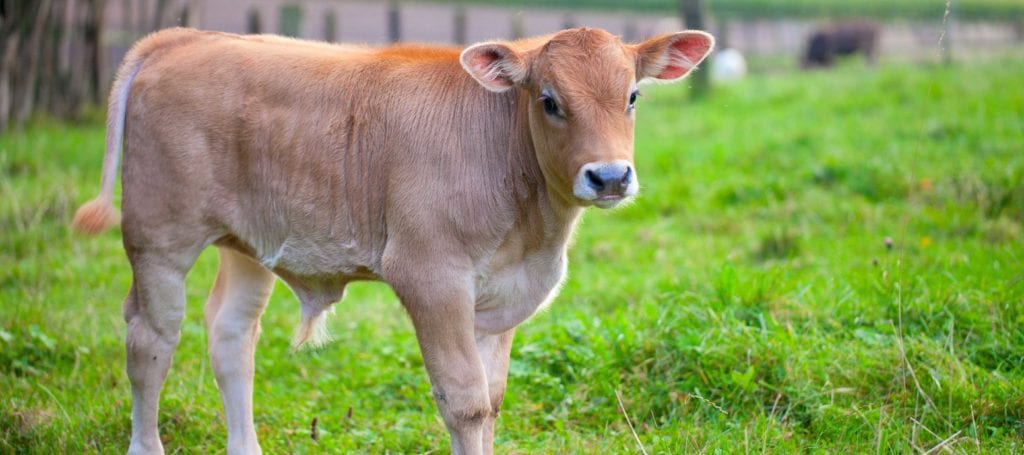When is the Best Time to Castrate? – Beef Market Prices

A common question among producers is the best time to castrate. Recently, Kansas State University did a study that showed bulls castrated at an average of 3 months of age weighed 2 pounds more at 7.5 months of age than the bull calves in the same study. At 7.5 months of age the bulls were castrated and 28 days later they were assessed again. The steers castrated as calves gained 48 pounds while the bulls that were cut an average of 578 pounds only gained 33 pounds. That’s 15 pounds less as these bulls that were castrated late had to deal with the stress of healing.
They tested the testosterone in the bulls and found that it wasn’t until 8 to 9 months of age until the hormone spiked. Bulls castrated at over 500 pounds will lose weight for two weeks following castration.
Kansas State University has kept data on 2,762 head of high-risk steers and bulls for research. On the bulls castrated at the yard instead of on the farm as a young calf, had three times higher death loss. This should be a huge indicator for the cow calf producer to castrate.
Many vets recommend keeping the castration tools in a bucket of water or disinfectant as cleanliness plays a large role in healing. Also, having a pasture that is clean and dry to turn them out to is ideal but not always realistic.
Essentially, castration is recommended as early in life as possible as it is less stressful on bull calves. Dehorning should also be done at the earliest age possible.
As a cow calf producer, if the stocker and feedlot owners make more money feeding cattle, that means next year they will have more to spend. Knowing your cattle gains more than others can bring you premium beef market prices.
Additional reasons to castrate include improved health for the calf during the next part of the industry, increased price per cwt for steers vs. bulls, and increasing marbling and quality.
